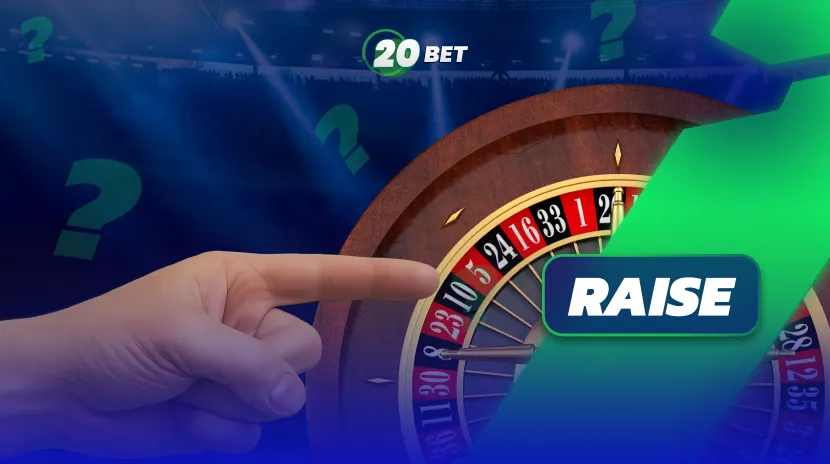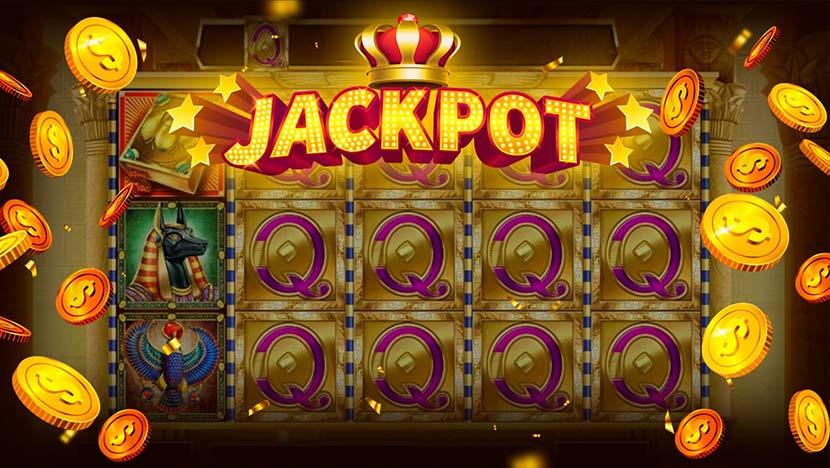Your brain is lying to you, like right now as you’re reading this. It’s quietly convincing you that patterns exist where none do. This extends well into the world of gambling, making people see real-life mirages known as the gambler’s fallacy.
Gambler’s Fallacy
The gambler’s fallacy is the belief that if something happens more often than expected during a given period, it’ll happen less frequently in the future, or vice versa. In simple terms, if you get heads five times in a row, your brain will be inclined to bet on tails, even though the chance of heads is the same 50% every time.
Think you’re immune because you don’t gamble? Think again. This cognitive bias doesn’t stay in casinos — it follows you to the grocery store when you’re choosing checkout lines, influences your investment decisions, and even affects how judges make rulings in courtrooms.
Why it matters right now
Living in an age of instant feedback and pattern-hungry algorithms is all fine and dandy, but it’s reinforcing those bad habits, looking for patterns.
Your brain evolved to find patterns for survival, but now this same mechanism tricks you into making poor decisions. Every coin flip, every roulette spin, every lottery draw operates independently, but your mind insists on finding meaning in meaningless streaks.
Origins and Historical Cases
The Monte Carlo incident of 1913
On August 18, 1913, at the Monte Carlo Casino, the roulette ball fell on black 26 times in a row. This was an extremely unlikely occurrence, and gamblers lost millions betting on red, convinced that the streak had to end. The mathematical probability of this happening was roughly one in 67 million, but each individual spin still had nearly the same 50-50 odds.
People unconsciously assume that the coin (or the die, or the roulette wheel) “knows” how many times it’ll be thrown during any given game, and that it must obey the law of averages. The Monte Carlo incident became so famous that the gambler’s fallacy is sometimes called the “Monte Carlo fallacy.”
Early recognition of the fallacy in psychological research
The systematic study of this bias began in earnest in the mid-20th century. Amos Tversky and Daniel Kahneman first proposed that the gambler’s fallacy is a cognitive bias produced by the representativeness heuristic. Their research revealed that people evaluate probability by comparing events to their mental models of randomness, fundamentally flawed models.
Psychological Mechanisms Behind the Fallacy
Representativeness heuristic and law of small numbers
The representativeness heuristic states that people evaluate the probability of a certain event by assessing how similar it is to events they’ve experienced before, and how similar the events surrounding those two processes are. When you see five heads in a row, it doesn’t “look” random to your brain, so you expect tails to restore the balance.
Clustering illusion and confirmation bias
The clustering illusion makes us see patterns in random data, while confirmation bias makes sure that we remember the times our “hunches” were right and forget when they were wrong. These work together to reinforce our false beliefs.
Real-World Impacts Across Domains
On the casino floor
Casinos profit more than you could imagine from the gambler’s fallacy. Casinos deal in thousands or millions of throws, rolls, flips, spins, or pulls on a one-armed bandit. They can take the odds and calculate the results of those odds fairly precisely. Gamblers, on the other hand, work with streaks of five, 10, 15, or 20.
Roulette players bet heavily against streaks, coin flip games see “balancing” bets, and slot machine players convince themselves they’re “due” for a jackpot.
In financial decisions and investing
The gambler’s fallacy can lead you down a bad path if you lean into it as your primary strategy, because streaks do happen both lucky and unlucky. Even stock investors fall for it, losing billions overnight because the market just had to go down after a weak earnings call.
Even in large markets, history never repeats itself. At best, it may rhyme from time to time.
Everyday life examples
Research analyzed 150,000 rulings by judges in immigration courts, and what they found was that judges tend to deny asylum if they granted it in the previous case, and vice versa.
Traffic lights, grocery store lines, sports team performance — we apply the same flawed logic everywhere.
Related Fallacies and Concepts
Inverse (retrospective) Gambler’s Fallacy
While the classic gambler’s fallacy looks forward, the inverse version looks backward. If you see an unlikely outcome, you might assume a long sequence of events came before.
Comparison with the Hot-Hand Fallacy
The gambler’s fallacy can be seen as the counterpart to a hot hand in basketball, where you think the streak will continue endlessly. But unlike gambling, human skill and instinct make this far more likely. If you’re shooting well and are in a groove, you’re far more likely to hit the next one.
How to Avoid Falling for It
Recognize statistical independence
The first step is understanding that in truly random processes, each event stands on its own completely. Two events are statistically independent when the occurrence of one has no statistical effect on the occurrence of the other. A coin doesn’t remember its previous flips, a roulette wheel doesn’t keep track of colors, and lottery numbers don’t try to “balance out.”
Think in probabilities, not patterns
Train yourself to focus on the actual odds rather than recent outcomes. When facing a decision involving chance, ask: “What are the real probabilities here?” rather than “What pattern do I see?”
Use data-driven decision strategies
Create systems that force you to consider base rates and actual probabilities. Write down your reasoning for decisions involving chance, and review them later to identify when you’re falling into pattern-seeking traps.
Responsible Gambling
If you choose to gamble, understanding the gambler’s fallacy is important to maintaining overall control of your habit. Every spin, roll, and deal is its own thing. You can’t chase losses or bet against the streak — you’ll go home penniless.
Set strict limits, stick to them, and remember that no betting system can overcome the mathematical house edge in games of chance.
FAQ
What's the difference between independent events and streaks?







